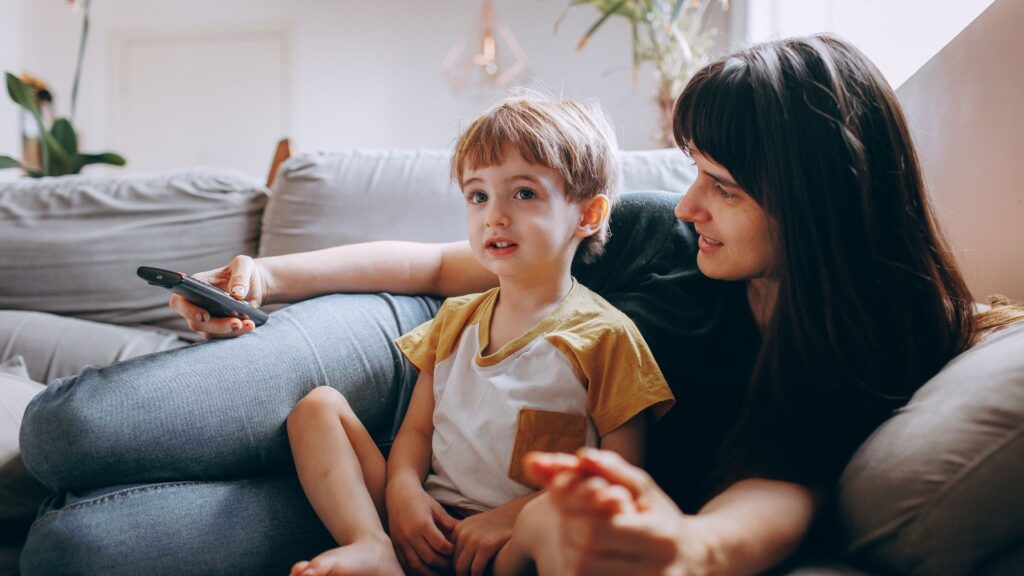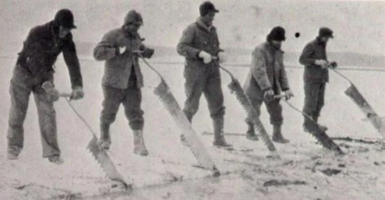Do Educational TV Programs Help Kids Read?
Parents questioning whether or not educational tv programs really help reading skills can be rest assured with info form this study.

It’s a subject of debate among parents: how much screen time should kids have? And does allegedly educational TV programming actually teach them anything of value? A study by researchers at SRI Education and the Education Development Center provides parents some reassurance that screen time can provide valuable instruction.
One educational TV show in particular was found to teach children complex reading skills needed for greater success in school. PBS’s Molly of Denali helps fill gaps in elementary education by teaching informational text—oral, written, or visual communication designed to inform. Since the Common Core State Standards were introduced in 2010, schools have been pressured to increase the amount of informational text in the curriculum.
According to the study, the method works. After nine weeks, 263 first-grade study participants were tested on their ability to use informational text to solve problems and answer questions. For every hour that children spent watching the show or playing on the app, they scored about a quarter of a point higher on the tests. The educational TV show made a difference similar to the reading skills a typical first grader would develop over three months.
Informational text is a vital part of the “science of reading,” knowledge everyone needs to be able to analyze complex information at the college or career level. Traditionally, schools have focused on encouraging students to read more fiction stories, but an all-fiction literary diet excludes some vital ingredients. Reading non-fiction books and reference materials requires a different skill set, one that includes navigating graphs, indices, and other data. Informational text is subject-specific and often more technical than entertaining. Teaching about instructional text hasn’t often been part of educational TV programming.
Molly of Denali is the first nationally distributed children’s educational TV show featuring a Native American lead character. It’s also the first kids’ show that is exclusively voiced by Native actors. It follows the adventures of Molly Mabray, a spirited and resourceful 10-year-old Alaskan Native girl from the fictional village of Qyah, Alaska. Stories include her family, friends, and pet Malamute, Suki. More than 60 Alaska Native, First Nations, and Indigenous advisers worked behind the scenes to give the show its authenticity.
Informational text lessons are integrated into each educational TV episode as Molly and her friends use recipes, maps, field guides, and other resources to solve problems. Instead of other shows where the action stops for a lesson, Molly of Denali uses a “learning on the plot line method” that teaches kids without losing their attention.

Shelley Pasnick, senior vice president at the Center for Education Development and co-author of the educational TV study said that building informational literacy strengthens performance in school and later in life. “When students do not have a good foundation in informational text, they are less likely to be successful academically and to be able to engage in these practical ways—to learn how to read a caption information, or a map,” said Pasnick.
While parking kids for hours in front of a TV, tablet, or other screen is still inadvisable, the Molly of Denali study shows that certain educational TV content provides a broader language arts education than books alone. Surprisingly, even video games can make children more intelligent. A study of over 9,000 children between the ages of 9 and 10 concluded that kids who played video games more often had higher intelligence levels than the children who rarely played.



